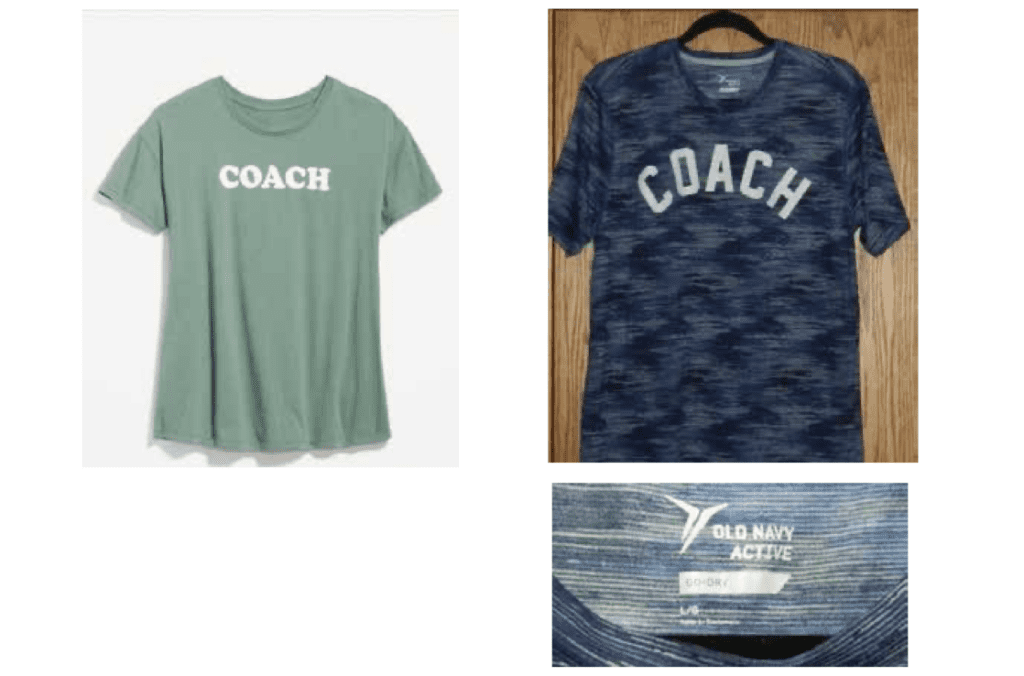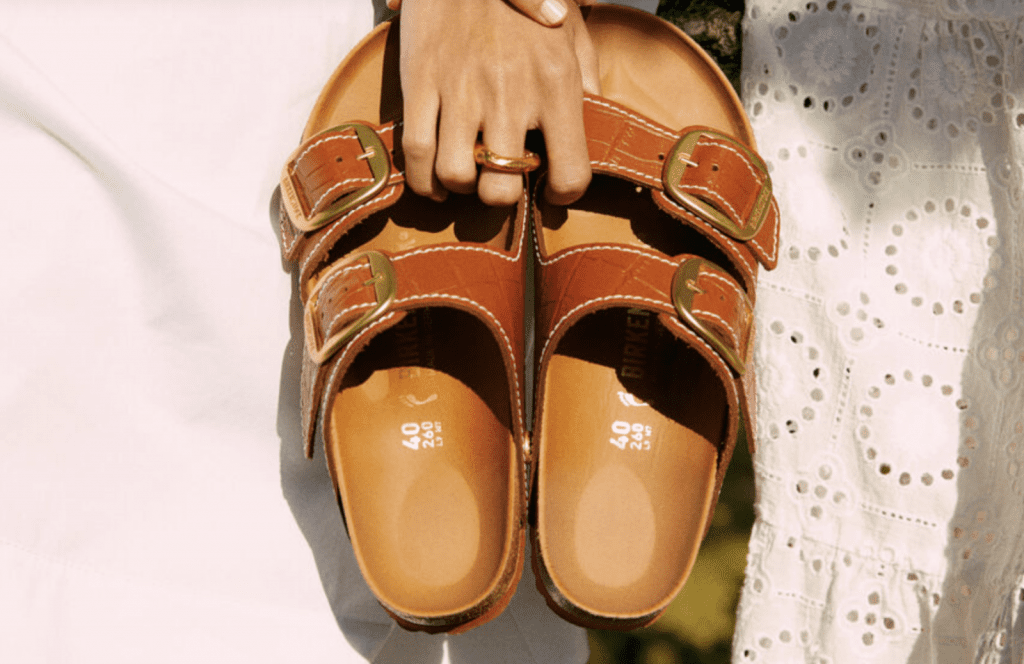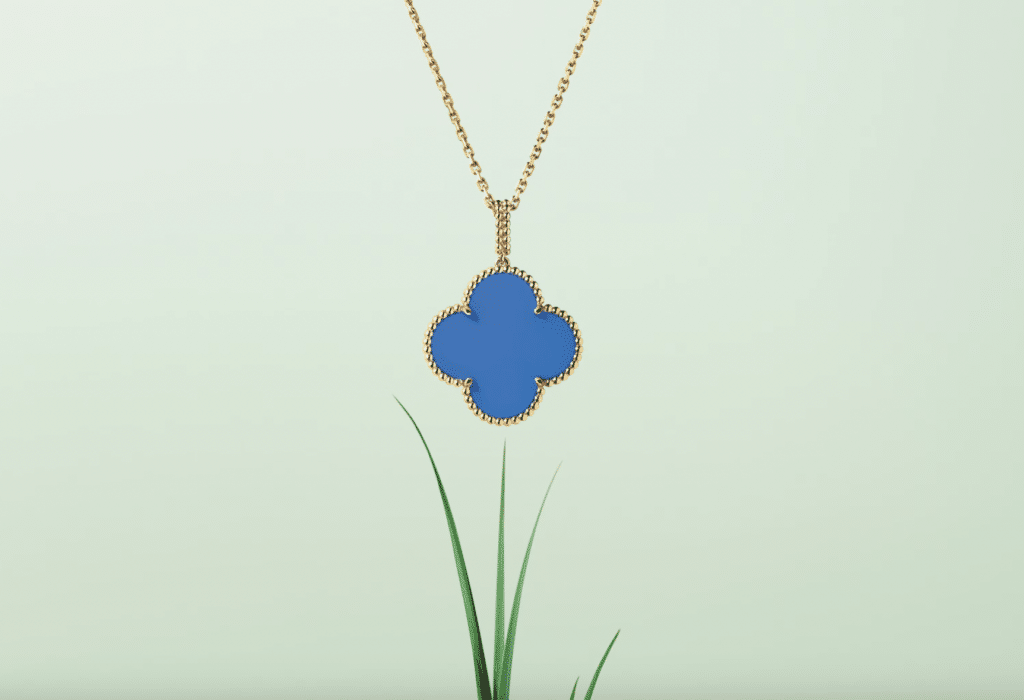Coach and its parent company are suing Gap, Inc. for offering up t-shirts emblazoned with the word COACH on the front of them by way of its Old Navy brand, a move that is likely to confuse consumers, the plaintiffs assert. According to the complaint that they lodged with the U.S. District Court for the Central District of California on Wednesday, Coach and its owner Tapestry, Inc. (collectively, “Coach”) claim that Gap, Inc. is engaging in trademark infringement and counterfeiting, unfair competition, and false designation of origin by way of its “design, manufacture, importation, distribution, advertisement, marketing, offering for sale, and sale of products” that make use of Coach’s well-known name.
“Gap is a competitor of [Coach’s],” the New York-based fashion and leather goods company asserts, and “introduced the accused products into the stream of commerce in an effort to exploit [Coach’s] goodwill and the reputation of the Coach trademarks,” which include the COACH word mark, as well as a stylized version of the mark. Since Coach has not granted Gap, Inc. a license to use its name or any other Coach marks “in connection with the designing, manufacturing, advertising, promoting, distributing, selling, and/or offering for sale of the [allegedly infringing] products,” and given that its marketing and sale of the COACH-bearing Old Navy-branded t-shirts is “likely to create a false impression and deceive consumers, the public, and the trade into believing that there is a connection or association between [them],” Coach maintains that Gap, Inc. is running afoul of the law.

With the foregoing in mind, Coach sets out claims of federal and state law trademark infringement and counterfeiting, false designation of origin and false advertising, and unfair competition. It is seeking monetary damages, as well as injunctive relief to permanently bar Gap, Inc. from engaging in such alleged infringement, and to require it to recall and deliver to Coach for destruction any of the allegedly infringing Old Navy wares (some of which are pictured above) that are still in circulation.
How strong is Coach’s case?
While a relatively straightforward trademark matter on its face, there is a potential problem at play for Tapestry: The placement of the allegedly infringing mark and the impact that it stands to have on the viability of its trademark claims. Chances are, Gap, Inc. will respond to Coach’s claims by arguing that it is not using the COACH trademark in a trademark capacity. In particular, Gap, Inc. will likely assert that its use of the word COACH on the shirts at issue is merely a decorative or ornamental feature of the clothing (potentially aimed at coaches), and not meant to act as an indicator of the source of the goods. In furtherance of this argument, counsel for the retail group will presumably contend that as a result of the size and placement of the word COACH on the garments at issue, consumers are likely would view it as a decorative feature of the goods, rather than as a trademark to indicate the source of the goods.
This would not be an insignificant claim for Gap, Inc. to make since use of the allegedly infringed trademark as a trademark is a necessary precursor for a finding of infringement. (Trademark infringement is defined, after all, as “the unauthorized use of a trademark or service mark on or in connection with goods and/or services in a manner that is likely to cause confusion, deception, or mistake about the source of the goods and/or services.”)
It is worth noting that the U.S. trademark bodies, including the U.S. Patent and Trade Office (“USPTO”) and the Trademark Trial and Appeal Board, as well as courts, have taken issue with the allegedly infringing use of marks on apparel in cases where the use is more akin to ornamentality than it is source-identifying. For instance, in at least one round of Ohio State’s quest to register the word THE for use on apparel, a USPTO examining attorney preliminarily refused to register the mark, finding that the school’s specimen that aimed to show use of the mark in commerce consisted of a t-shirt emblazoned with the word “THE” in large type on the front. The examining attorney determined that based on this specimen, the school was using the word THE as a “merely decorative or ornamental feature of [the] clothing.” As a result, the mark “does not function as a trademark to indicate the source of [ths school’s] clothing and to identify and distinguish [its] clothing from others,” the USPTO’s examining attorney held.
Specifically, the USPTO’s attorney took issue with the “size, location, dominance, and significance of the alleged mark” as depicted in the specimen, namely, because “the applied-for mark, THE, located directly on the upper-center area of the front of the shirt and the front portion of the hat, where ornamental elements often appear.” Beyond that, the examining attorney stated that “the mark is displayed in a relatively large size on the clothing such that it dominates the overall appearance of the goods,” which weighs in favor of a finding of ornamentation as opposed to source-identification.
Marc Jacobs also faced objections from the USPTO in its own quest to register the word THE for use on apparel due to the fact that its specimen similarly depicted the mark emblazoned front-and-center on a sweater. In a March 2020 office action, a USPTO examiner alerted counsel for the LVMH-owned fashion brand that “consumers may not perceive larger designs or slogans as trademarks when such matter is prominently displayed across the front of a t-shirt.” On the other hand, “with respect to clothing,” the examiner asserted that “consumers may recognize small designs or discrete wording as trademarks, rather than as merely ornamental features, when located, for example, on the pocket or breast area of a shirt.”
This very same line of reasoning will almost certainly come into play in Gap, Inc.’s response to Coach’s case, potentially quite successfully. Stay tuned.
The case is Tapestry, Inc. et al v. The Gap, Inc. et al., 2:24-cv-02697 (C.D. Cal.)











